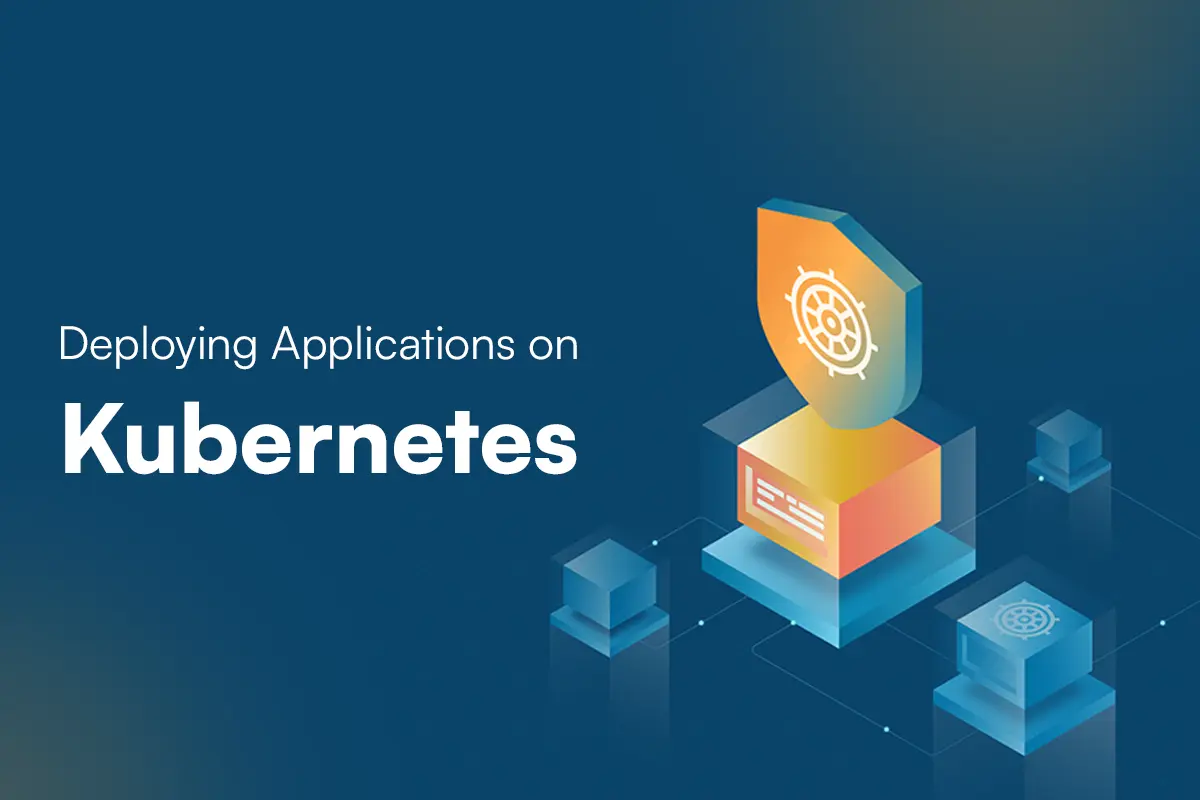Mastering Kubernetes: A Guide to Efficient Application Deployment

Introduction to Application Deployment with Kubernetes
In the previous article on Setting up a Kubernetes, we understood the architecture of Kubernetes (k8s) and learned about the basic setup of Kubernetes. In this article, we will start the Application Deployment with a Kubernetes cluster and understand the management of pods.
Understanding Kubernetes Objects
Kubernetes has a variety of objects that define a desired state for your deployed applications. We can define them as below:-
Pods
The smallest and most basic deployable objects in Kubernetes. They can hold one or more containers (like Docker). Think of them as a single instance of a running process in a cluster.
Deployments
A Deployment provides declarative updates for Pods. It allows you to describe an application’s life cycle, such as which images to use, the number of pod replicas, and how to roll out updates, among other aspects.
Services
A way to expose your application. If you have pods that need to communicate or be accessible via the network, you use a Service. They can also load balance traffic across a set of pods.
ConfigMaps and Secrets
Both used to store configuration data and sensitive information respectively. While ConfigMaps are for non-confidential data, Secrets are better suited for storing sensitive data.
Volumes
They allow you to persist data and provide storage for your pods, abstracting the underlying storage systems.
Namespaces
Logical clusters within your Kubernetes cluster. Useful for dividing cluster resources between multiple users.
Creating and Managing Pods
1. Creating a Pod
We use a YAML or JSON file to define the Pod. Here’s a simple example of a Pod manifest:
To create the Pod:
2. Managing the Pod
Check the status of the Pod:
To describe the details of a specific Pod:
To delete the Pod:
Scaling Applications
1. Scaling with Deployments
Deployments are the recommended way to manage the scaling and lifecycle of your pods. Here’s a simple Deployment manifest:
To scale up:
To scale down:
2. Using Horizontal Pod Autoscaling
Automatically scales the number of pods based on CPU usage or other select metrics.
First, deploy the metrics server:
Then, set up the autoscaler:
Updating and Rolling Back Deployments
1. Updating a Deployment
Simply modify your Deployment manifest, and then apply it:
Kubernetes will handle the process of updating the Pods.
2. Checking the Rollout Status
Monitor the status of a Deployment update with:
3. Rolling Back a Deployment
If something goes wrong, Kubernetes allows you to rollback your Deployment:
To rollback to a specific revision:
Conclusion
Kubernetes provides a robust platform for deploying and managing containerized applications at scale. With the knowledge of key Kubernetes objects and the associated commands, we are now equipped to deploy, scale, update, and manage your applications efficiently.






